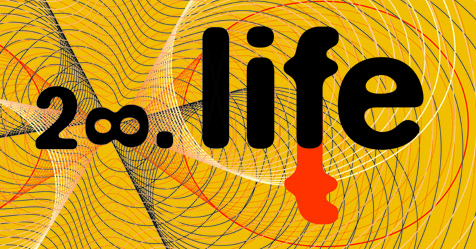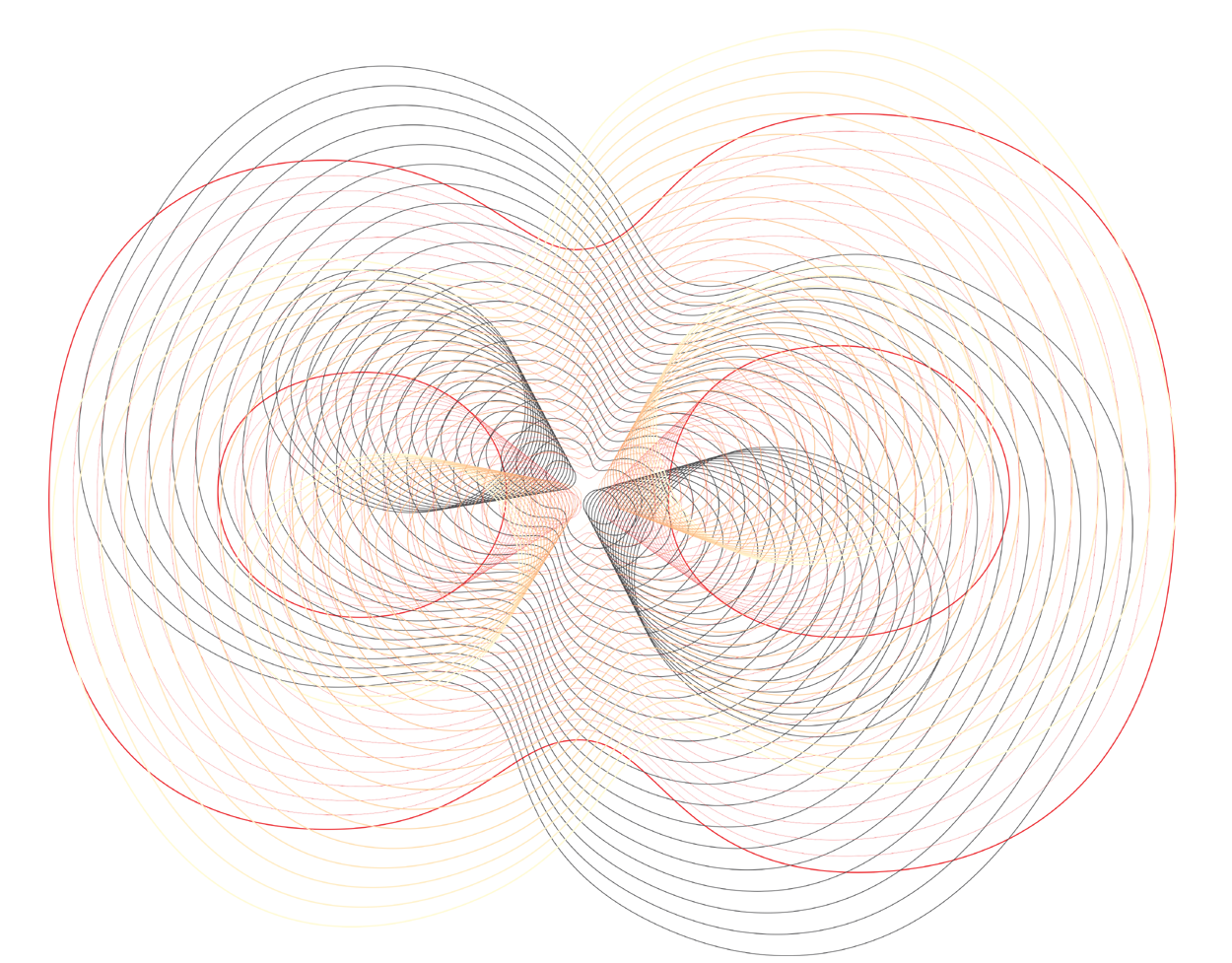On 17 November, a Q&A with director and co-writer Eric Valette followed the screening of Thousand Cuts, an eccentric French crime film. Tina Poglajen, member of the Ljubljana International Film Festival Programme Committee, hosted the talk at the Komuna Cinema. Valette revealed that the story was based on a novel that had been relatively easy to adapt for screen. What appealed to him were the characters and dynamic pace, as well as the setting in Southern France, his native region. Furthermore, the novel has all the elements of a western, a genre he has a soft spot for: he simply felt he had to shoot a western set in the South of France. Apart from containing convincing action scenes, the movie is also socially engaged: addressing the issues of racism and globalisation. Vallette wanted to represent globalisation through the perspective of the butterfly effect, a concept stating that small causes can have larger effects. Although racism in the French countryside is not as blatant as it used to be decades ago, it still hasn’t been stamped out.
Valette additionally explained that two of his major influences were Straw Dogs, a thriller by Sam Peckinpah, and Open Range, a western by Kevin Costner. The film took five years in the making, during which time – in light of terrorist incidents in France and their political instrumentalisation – it acquired additional social relevance. It has grown to become a violent story dealing with a very profound European problem. Furthermore, the director included elements from different genres; he is particularly keen on iconic, excessive villains, and likes it when the viewers find them amusing. He also likes to challenge his audience: “Movies are not supposed to provide answers but encourage debate.”
Thousand Cuts has enjoyed very favourable reception – approximately 90-percent of its reviews were affirmative. As the director also works in television, Tina Poglajen asked him to comment on the differences in his approaches. “On TV I resemble the antagonist from the movie, and in the movie I am the antagonist.” He concluded by adding, »I always depict my personal form of torture.”
Written by Andraž Jež
Photo Iztok Dimc



